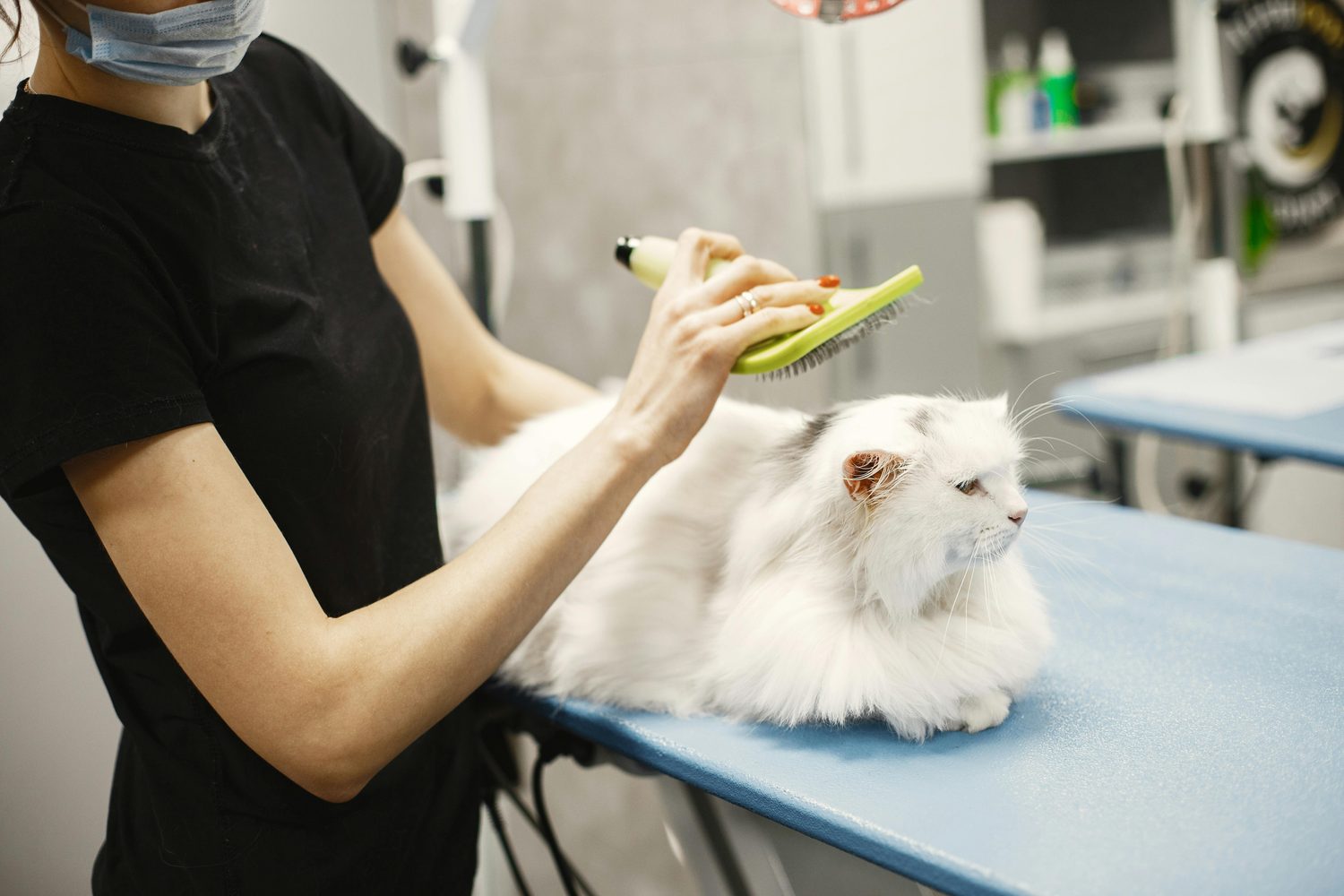How often and when to see the vet?
If you want to take proper care of your pet's health, regular visits to the vet are essential. The minimum is an annual check-up, which is not just about vaccinations. Once or even twice a year, your dog should undergo a blood, urine, and fecal examination, which allows early detection of diseases. Early detection of the disease has an important effect on his quick recovery. Regular visits also allow your pet to get used to visits to the vet, which makes it easier for the vet to diagnose the problem more accurately in the event of illness.

Rational choice of vet. Remember that your pet's health and life expectancy depend on the effectiveness of your cooperation with your veterinarian! The basis of this interaction is mutual trust. The veterinarian needs to know that you are giving him or her the correct information and that you understand that the veterinarian's goal is to help, not just to make a financial profit. On the one hand, you should not think that a few articles from the internet (or even a few dozen) can replace years of professional training. Therefore, we should not unreasonably question a veterinarian's expertise just because we have read or heard something (but asking a question or asking for clarification of a prescription is welcome).
By observing your pet's behavior, you can detect any changes that may indicate health problems. While sometimes it may be an ordinary down day, your pet's lack of appetite, decreased thirst and withdrawal should be cause for concern. By observing your pet's stool regularly, you can detect possible digestive problems such as frequent diarrhea or difficulty defecating, which may be a sign of illness or the need for a change in diet. The condition of the coat and skin is also worth monitoring, as reddening of the skin and excessive scratching can indicate food allergies or allergic reactions to pollen. Although scratching is normal, excessive scratching may indicate the presence of fleas, allergies, or bacterial or fungal infections. Excessive scratching can also lead to infection, as wounds caused by scratching can become infected.

What are the most common diseases of pets? Which diseases is your dog or cat exposed to? The most common dog diseases include tartar, conjunctivitis corneal ulcers, worming, ear infections, fever, diarrhea, and vomiting. The most common feline diseases are lower urinary tract infections, fleas, internal parasites, diarrhea, eye problems, and feline diabetes.
Especially in spring, you need to check your dog or cat's skin regularly. Tick season usually starts in March or April, although if it's a warmer winter we can bring ticks in much earlier. We often keep an eye out for ticks after a walk in the woods, but they carry disease less often than urban ticks. Ticks in cities are infected with Lyme disease more often than those in the woods, with almost one in two ticks infected. The higher infection rate is explained by the specific habitat of urban forest parks, in which animals carrying Lyme disease thrive. The tick crawls through the fur, gets close to the skin, and looks for a suitable place to bite. Ticks usually prefer areas of the body where the skin is thin and less hairy. They are most commonly found around the muzzle, ears, armpits, groin, and also on the hairless skin on the abdomen. If you want to know what the risk of getting a tick infection is outdoors, watch tick activity forecasts on the internet.


